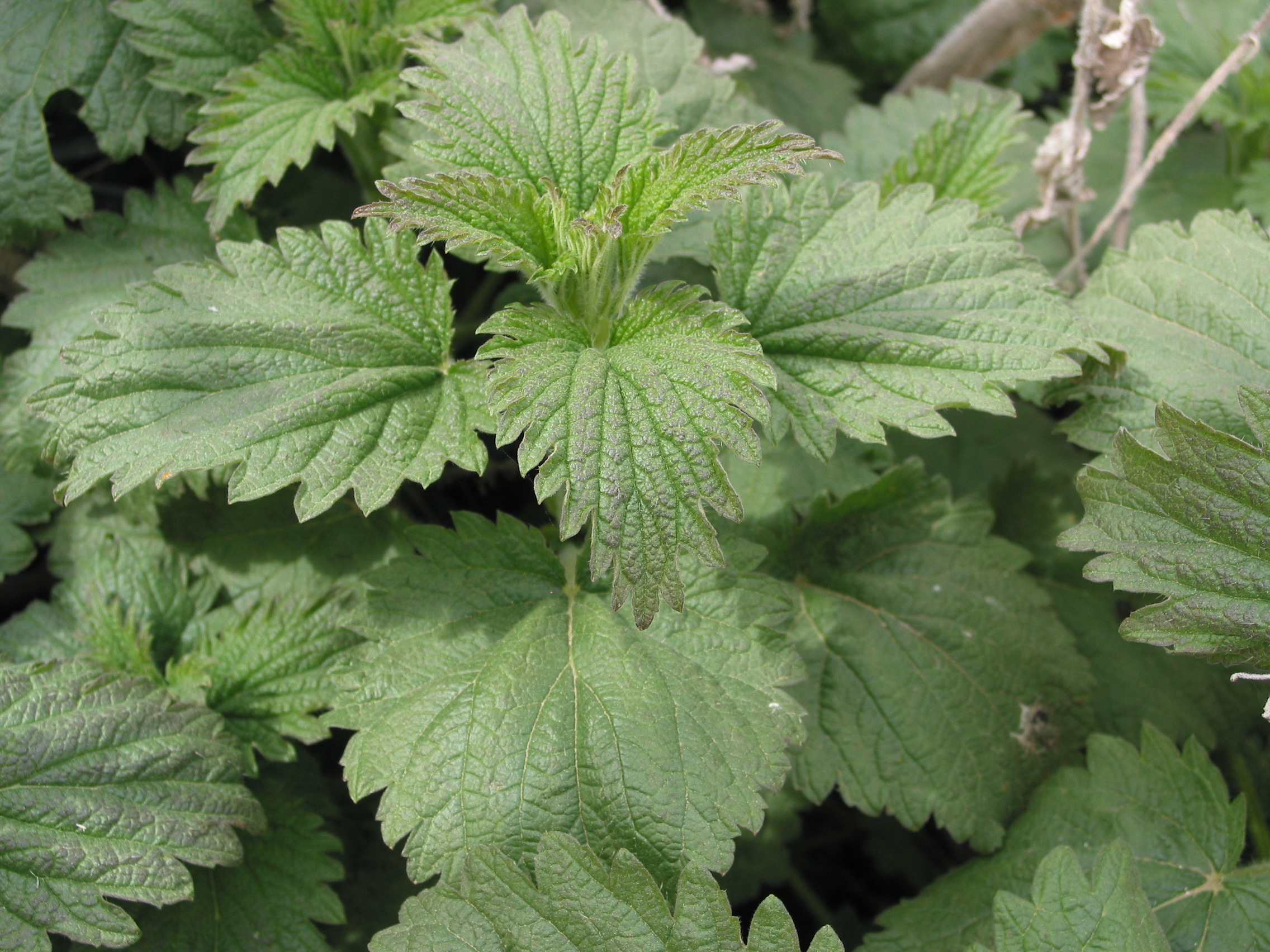What does found in app buys indicate
Nonetheless, he stated that there was one more plant that was pretty very similar but could get rid of you in four hrs if ingested.
He claimed it was identified as “dying canis” (I”m not certain of the spelling). Can you inform me if this is legitimate?I have all these wonderful wild onions but I’m afraid to consume them. Patricia. Plant Specialist Reply:Meadow Demise Camas. I’m not confident what plant the guide was referring to – Montana has a poisonous plant termed Mountain Dying-camas (Zigadenus venenosus). The leaves could possibly look like onion leaves but it would really be a extend.
See how flat the leaves are? They appear far more like a lily leaf than an onion leaf even by they are in the similar family members. Onion leaves are likely glance additional cylindrical. As for eating the wild onions in your property, I probably wouldn’t. Not since the plant is toxic, additional due to the fact of the flavor.
- What sort of plant has vivid white a floral arrangement in the spring?
- Can One relax and take a snapshot and Google and yahoo it?
- Just how could a dichotomous essential be used to specify garden plants?
- What are the 3 variations of foliage?
Why is vegetation id crucial?
The onion genus – Allium has many associates. Nonetheless, not all have a satisfying style. The wild onion and garlic species are likely to be more pungent than the cultivated species. If your wild onions are in your lawn, you need to be conscious of their publicity to chemical compounds. I am normally careful when it will come to having wild vegetation.
Herb Detection – the indigenous plant society of northeastern ohio

On the other hand, all Allium bulbs are edible even if not palatable. The Meadow Demise-camas picture comes from the toxic plant section of the Montana Plant Life web page. How To Harvest And Protect Wild Onions. Wild onions by any other www.plantidentification.co identify are even now just as tasty and excellent for you. Depending upon the place you reside, wild onions may perhaps also be termed: wild garlic , leeks , subject garlic , scallions , and crow garlic . There are additional than ) that develop in fields and pastures throughout America… even in the dessert.
What exactly is a herb simple and easy description?
If you are living in the Los Angeles or San Francisco place you would have to generate about 2,000 miles to the connoisseur chef forage beloved: the Eastern ramp. Wild garlic hails from Europe and is most prevalent in the jap region of the United States and the western region of the Pacific Northwest. Wild onions may well be most prevalent in Ohio, which is fantastic for me since that is proper where by my aspiration homestead is situated. Wild onions are specifically drought tolerant, and can prosper in a wide array of soil types, even in sandy, extremely moist, or gravel-primarily based soil.
You will most usually experience wild garlic in livestock pastures, grain farm fields, together the banking companies of waterways, and even in your own backyard. Wild Onion Identification. Wild onions have a tall grass like visual appeal. They are a bulb forming perennial with slender and distinctly erect stems – commonly somewhat a lot more stiff than the onions growing in your yard. They reproduce underground and by aerial bulblets, and sometimes even by seed. When any component of a wild onions is crushed it emits a solid garlic odor. The root system of wild onions is mainly evolving underground. The bulb is about two-fifths to four-fifths of an inch huge. The roots are also fibrous from the base to the part that can be seen above the ground. The bulbs are either spherical or oval, and coated in a paper-like outler later on that is full of membranes and can be brittle. There are two various kinds of bulblets emerging underground.
The delicate coated bulblets at the foundation are about 1-3rd to two-thirds of an inch lengthy. They are teardrop in condition, white, and germinate in early drop. The challenging coated bulblets are around ½ an inch long and are oval but flattened on one facet, they are brown, and germinate in spring to late summer season. Seedlings create rounded leaves that are hollow and also grass-like. The stems are smooth, waxy to the contact, slender and perhaps a bit rounded and unbranched.
